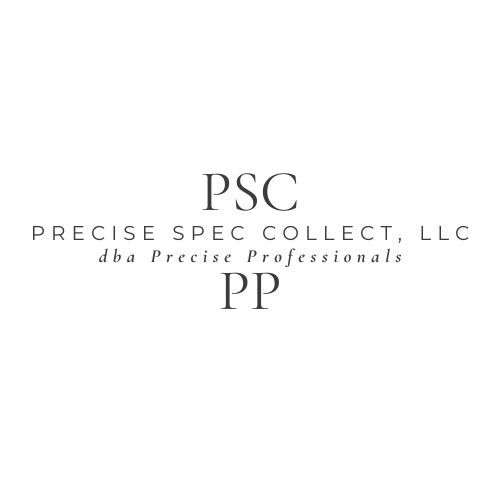How to Interpret Your DNA Test Results: A Step-by-Step Guide
Understanding Your DNA Test Results
DNA testing is a powerful tool that can unlock the mysteries of your ancestry, health, and genetic traits. However, once you receive the results, it might feel overwhelming to decipher the information presented. This guide will walk you through understanding and interpreting your DNA test results step-by-step.

Start with Ancestry Composition
Your DNA test results often include an ancestry composition breakdown. This section provides insight into your ethnic background by estimating the percentage of your DNA that originates from various regions around the world. Understanding this breakdown can help connect you to your roots and identify potential cultural heritage.
Focus on the larger percentages first, as these represent significant portions of your ancestral background. Smaller percentages may indicate ancient connections or could simply be statistical noise. It's essential to approach these results with an open mind and a sense of curiosity.
Explore Genetic Traits
Many DNA test results provide information about your genetic traits, such as eye color, hair texture, and even taste preferences. These traits are determined by specific genetic markers within your DNA. Reviewing this section can be both fun and enlightening, as it reveals how your genes might influence your physical and behavioral characteristics.
Keep in mind that while these traits are genetically influenced, they are not deterministic. Environmental factors and personal experiences play a crucial role in shaping who you are.

Dive into Health Insights
Some DNA tests offer insights into potential health risks based on your genetic predispositions. These may include information about hereditary conditions, carrier status for specific diseases, and wellness traits like lactose intolerance or caffeine sensitivity. It's crucial to interpret these results with caution.
If your DNA test indicates a potential health risk, it's a good idea to consult with a healthcare professional or genetic counselor. They can help contextualize the findings and determine any necessary actions or lifestyle changes.
Connect with Genetic Relatives
Another fascinating aspect of DNA testing is the ability to connect with genetic relatives. Most testing companies allow you to see a list of people who share segments of DNA with you, indicating a common ancestor. This feature can be utilized to expand your family tree and connect with long-lost relatives.
Reach out to these connections respectfully, keeping in mind that not everyone may be ready or willing to engage in a conversation about shared ancestry.

Understanding Limitations
It's important to remember that DNA test results have limitations. They provide probabilistic information based on current scientific research, which is continually evolving. The accuracy of ethnicity estimates and health predictions can vary depending on the test's database size and algorithm.
Approach your results with a balance of excitement and skepticism, recognizing that they offer insights but not absolutes. Always verify findings through additional research or professional guidance when necessary.
Utilize Additional Resources
To deepen your understanding of your DNA test results, consider exploring additional resources provided by the testing company. Many offer educational materials, webinars, and community forums where you can learn more about genetics and connect with others on similar journeys.
These resources can enhance your comprehension of the data and provide valuable context for interpreting your unique genetic makeup.
By following this guide, you'll be better equipped to navigate the world of DNA testing and uncover the stories hidden within your genes. Embrace the journey of discovery and enjoy the insights that come with understanding your DNA test results.
